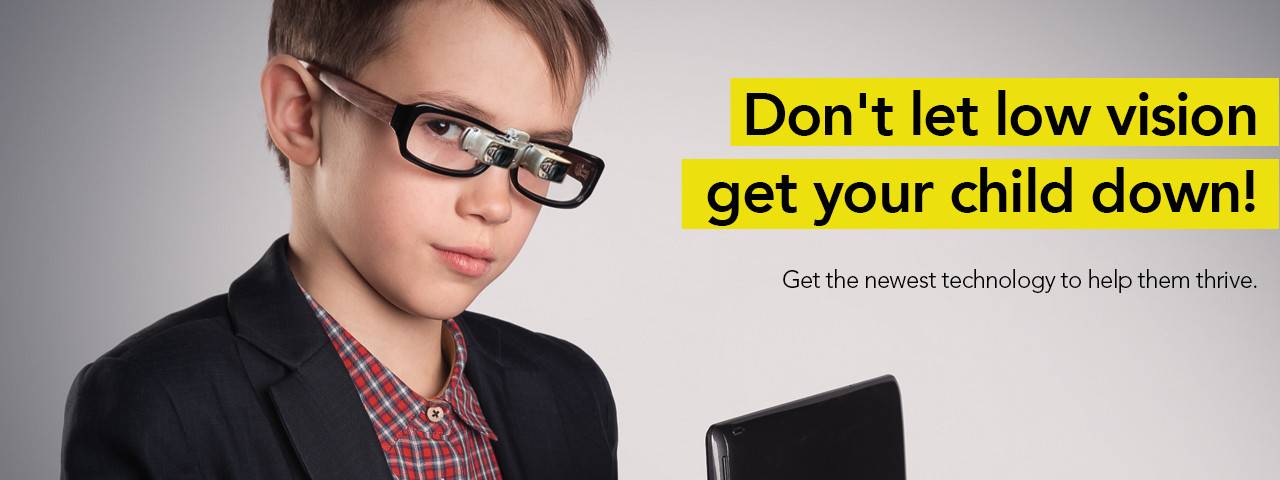Living With Stargardt’s, Best Disease, and Juvenile Retinoschisis
If you have been told there is nothing that can be done for juvenile macular degeneration, give us a call! Dr. Steven Schoenbart uses the latest technology to enable you to live life to its fullest.
What Is Juvenile Macular Degeneration?
Juvenile macular degeneration or JMD is the term used to refer to a few genetic conditions that cause deterioration of the macula and lead to central vision loss that is similar to age-related macular degeneration. The three types of JMD are Stargardt’s, best disease, and Juvenile Retinoschisis. JMD effects children, young adults, and adults, although in many cases vision loss only begins later in life. Because stargardts, best disease, and juvenile retinoschisis cause such extreme vision loss that can make it feel like there is no hope, it is recommended to visit an eye doctor that is well versed in the latest technology available for a JMD patient.
Stargardt's Disease
Stargardt's is the most common form of juvenile macular degeneration, as it generally causes severe vision loss of 20/100 to 20/400 by the time the patient is in their 30's and 40's. In most cases the vision loss will start slowly beginning to speed up rapidly as the patient's vision deteriorates to 20/40. While there is currently no treatment option available for Stargardt's, there are many different options available that can significantly improve the independence and lifestyle of a patient with Stargardt's. A person with this disease may benefit from telescope glasses or bioptic glasses which will allow the performance of tasks such as reading.
Best Disease
Best disease or cest vitelliform macular dystrophy is the second most common form of juvenile macular degeneration. The development of best disease occurs over 5 stages:
- Stage 1-3 exhibiting little or no vision loss
- Stage 4 shows similar or slightly worse vision then stage 1-3
- Stage 5 is classified by a vision from 20/30-20/200
- Stage 6 occurs in 20% of patients with vision of 20/200 or worse
Best disease affects central vision and the patient generally retains side or peripheral vision. In many cases, the disease does not affect both eyes the same way and many patients will retain vision better in one eye over the other. There is no current treatment for Best disease, however significant improvements in quality of life can be achieved with task-specific corrective lenses such as telescope glasses and CCTV magnifiers.
Contact Us
East Setauket, NY 11733-9210
- Phone: 888-393-8266
Locate Us
Hours
- Monday: Closed
- Tuesday: Closed
- Wednesday: Closed
- Thursday: Closed
- Friday: By Appointment.
- Saturday: Closed
- Sunday: Closed
- Monday: Closed
- Tuesday: Closed
- Wednesday: Closed
- Thursday: Closed
- Friday: By appointment only
- Saturday: Closed
- Sunday: Closed
- Monday: 9:30 AM - 5:30 PM
- Tuesday: 9:30 AM - 5:30 PM
- Wednesday: 9:30 AM - 5:30 PM
- Thursday: 9:30 AM - 2:00 PM
- Friday: Closed
- Saturday: Closed
- Sunday: Closed



